News
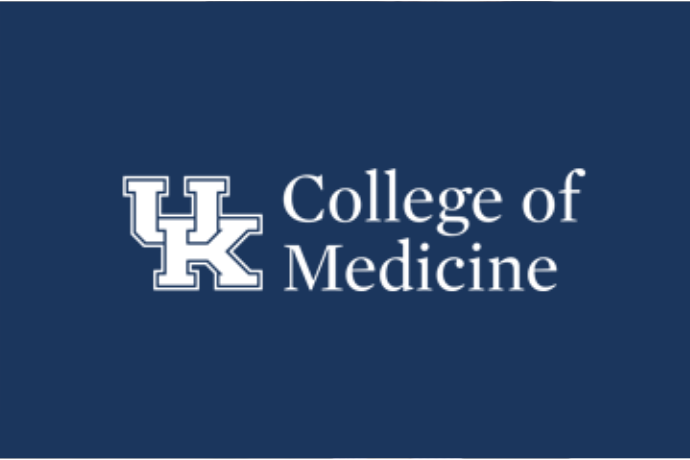
From the NIH Website
Request for Information (RFI): Inviting Comments and Suggestions on a Framework for the NIH-wide Strategic Plan
Purpose
This Notice is a time-sensitive Request for Information (RFI) inviting comments and suggestions on the framework for the NIH-wide Strategic Plan.
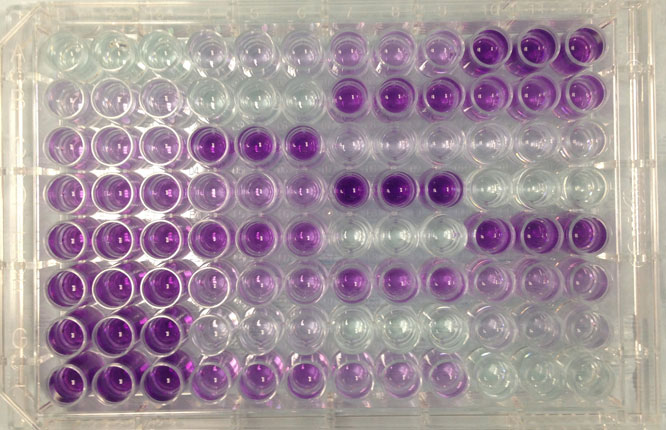

This Notice serves to announce that NIH anticipates adopting new research training data table formats in FY 2016 for use with institutional training grant applications and Research Performance Progress Reports (RPPRs). Where specifi

The National Institute on Minority Health and Health Disparities (NIMHD) Loan Repayment Program will conduct a technical assistance webinar on Thursday, July 30, 2015 from 4:00 to 5:00 PM EDT (3:00 PM CDT; 2:00 PM MDT; 1:00 PM PDT; 12:00

Community Leadership Institute of Kentucky
Request for Applications
Key Dates

Please remember to keep your NIH eRA Commons profile current. Incomplete or out of date information in your profile can delay your NIH proposal and progress report submissions and those on which you may be key personnel. Further details can be found here.

The SRAS is moving! On Tuesday, July 28, the SRAS will relocate to a new, on-campus site in the basement of the Kentucky Clinic. We will be in Rooms K005 and K009, which are readily accessible via the elevator near the Kentucky Clinic Pharmacy. Phone numbers will remain the same for all staff. We expect the computer (and email) downtime to be minimal during the move.
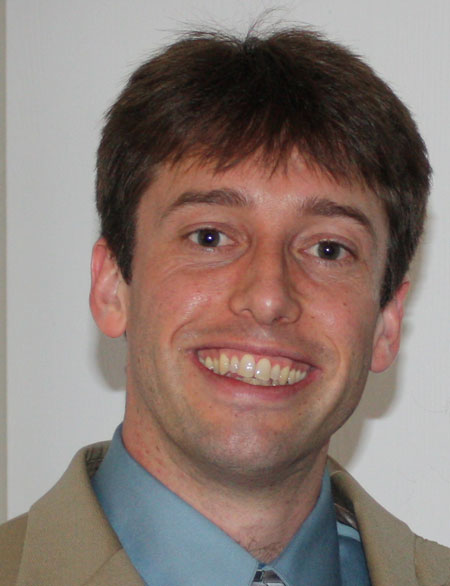
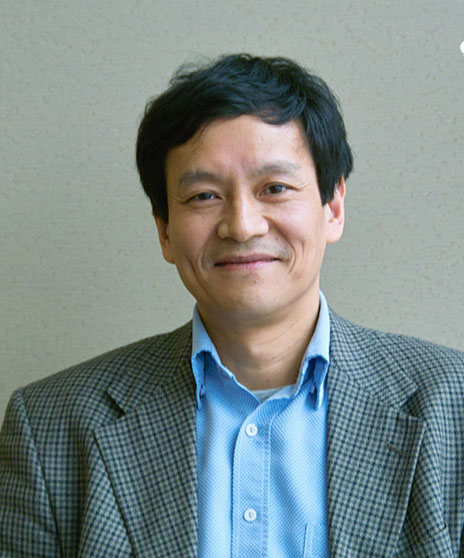
A new Institute of Biomedical Informatics at the University of Kentucky will integrate and leverage large data systems across the academic and medical enterprise to improve patient care, research and education. GQ Zhang, Ph.D., will join UK Aug. 1 as director of the institute. He will also serve as chief of the newly established biomedical informatics division in the UK College of Medicine and co-director of the biomedical informatics core of the UK Center for Clinical and Translational Science.

Principal Investigators and Study Teams:

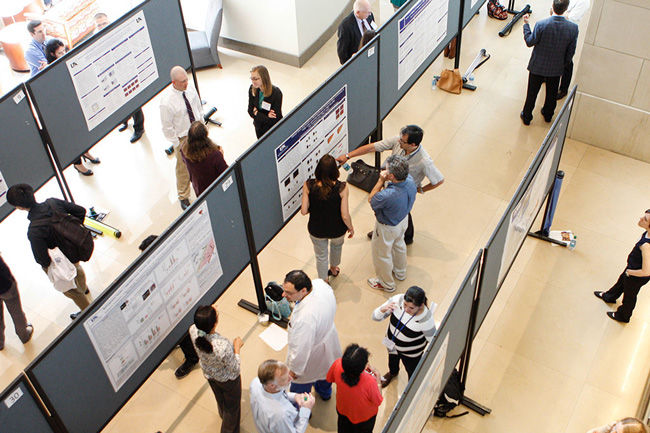
The University of Kentucky’s fifth annual Barnstable Brown Obesity and Diabetes Research Day was held on May 20 at the Albert B. Chandler Hospital Pavilion A.
Since 2011, the event has focused on current findings in obesity and diabetes research and features presentations by nationally prominent physician-scientists as well as the work of regional researchers and UK students, postdoctoral fellows and faculty chosen from abstract submissions.
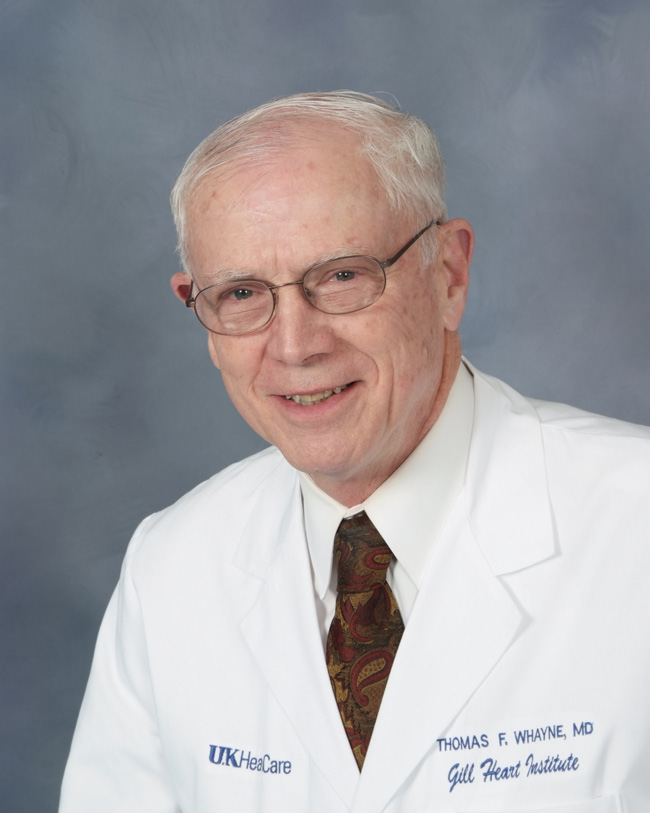
On the brink of FDA approval is a new class of cholesterol-lowering drugs with the potential to change the landscape in the prevention of heart attack and stroke.

The University of Kentucky’s NIH-funded Resource Center for Stable Isotope-Resolved Metabolomics presents its Metabolomics Symposium & Workshop with a one-day Symposium on July 26 followed by a 12-day, hands-on Workshop through August 7, 2015.
Symposium

Faculty who serve on an NIH study section or advisory board may have continuous submission privileges meaning they can submit proposals after the standard deadlines and still have their proposal reviewed in the current funding cycle.
Faculty can review the continuous submission policies and check their eligibility at the links below:
General Continuous Submission Link:
http://grants.nih.gov/grants/peer/continuous_submission.htm

Recent attention on the inability to reproduce scientific research findings reported in peer-reviewed journals has led the leadership of NIH to review its application requirements. This review has led to a proposed set of changes to the application instructions that, upon approval by the White House Office of Management and Budget, will take effect for applications submitted on or after January 25, 2016.
The new instructions will focus on four areas deemed important for enhancing rigor and transparency:
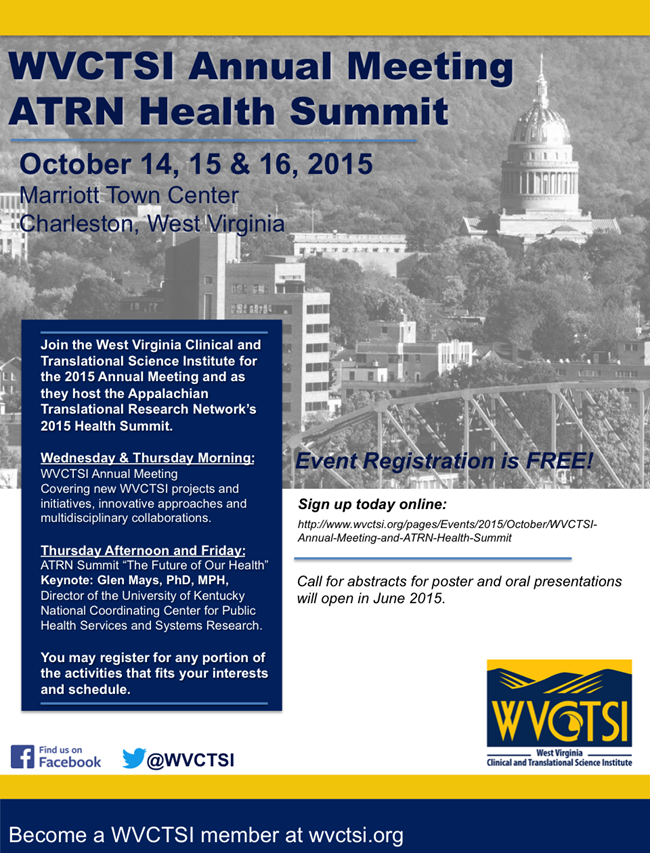
The Appalachian Translational Research Network (ATRN) is committed to addressing the significant health challenges and disparities specific to Appalachia by enhancing research collaborations to speed the translation of scientific discoveries to health improvements for this region. Initial members consist of University of Kentucky and its partner, Marshall University, The Ohio State University, University of Cincinnati, Ohio University, and West Virginia University.

Clarifying Publication Reporting Instructions for Research Performance Progress Reports (RPPR) and Renewal Applications
Background
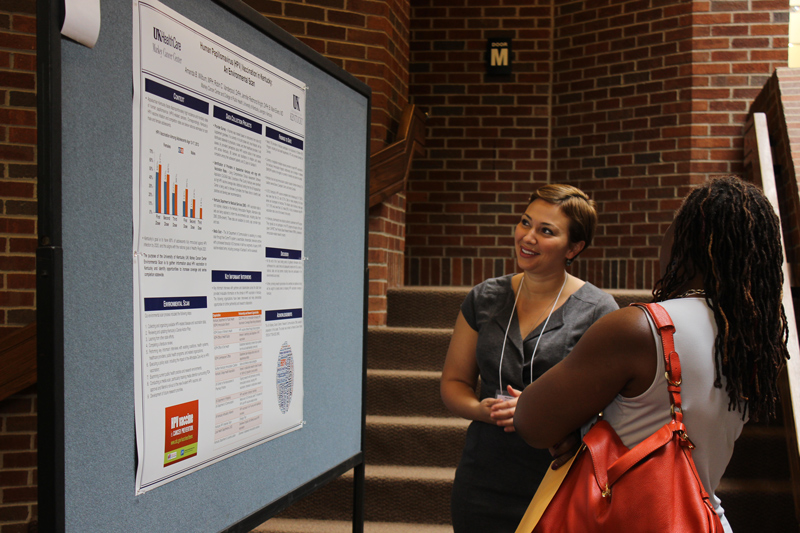

NIH recently released information regarding the NIH Lasker Clinical Research Scholars Program. The details are listed below and on the attached flyer.